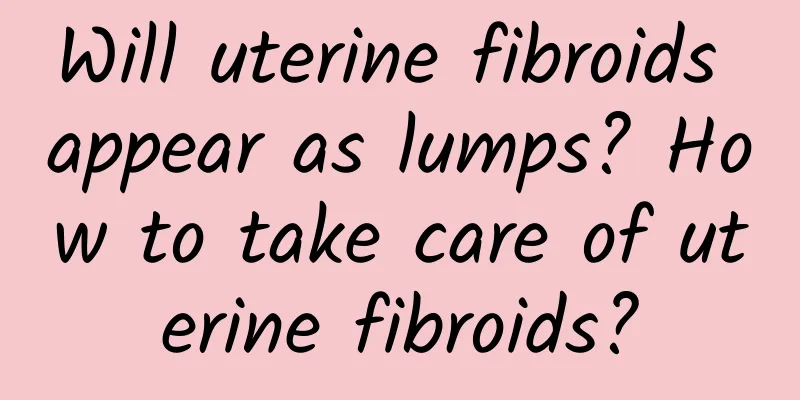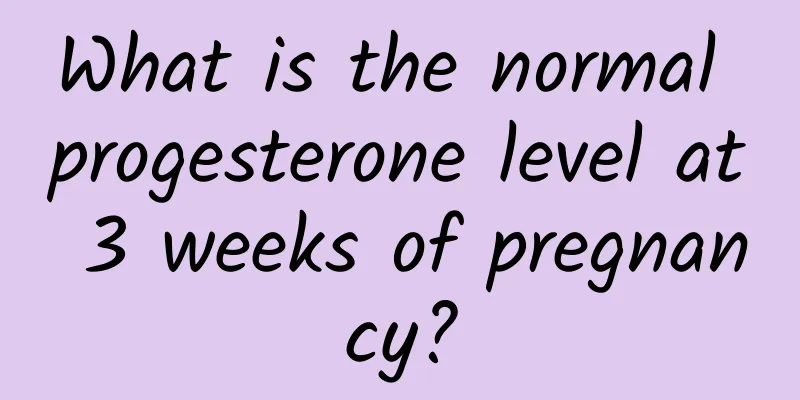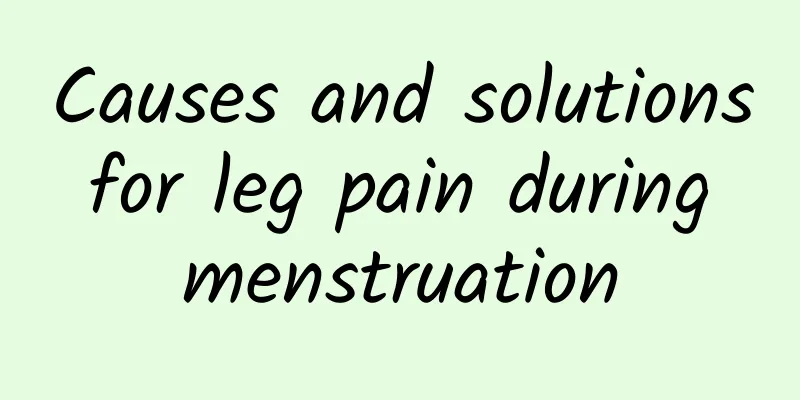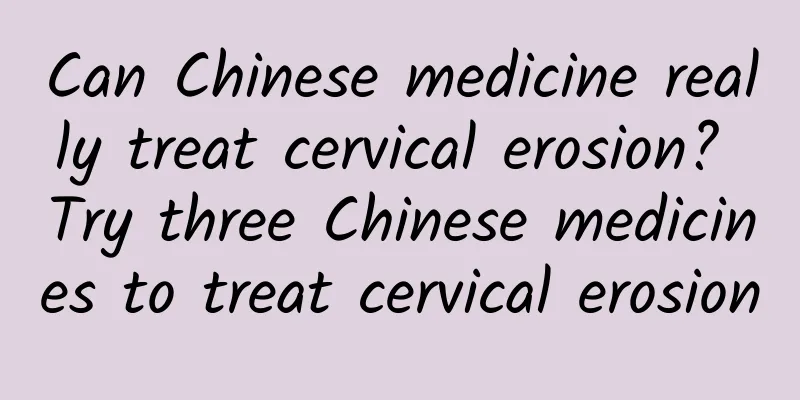Will uterine fibroids appear as lumps? How to take care of uterine fibroids?

|
Uterine fibroids are common in multiple uterine fibroids. There is no consensus on the origin of uterine fibroid tissue. So, will uterine fibroids have lumps? What to do with uterine fibroids? Uterine fibroids grow gradually. When the uterus is enlarged for more than 3 months, the size of a pregnant uterus or a large subserosal fibroid located at the bottom of the uterus, a lump can often be felt in the abdomen, which is more obvious in the morning when the bladder is full. The lump is solid, movable, and non-tender. When fibroids grow to a certain size, they can cause compression symptoms of surrounding organs. Fibroids on the anterior wall of the uterus close to the bladder can cause frequent and urgent urination; huge cervical fibroids compressing the bladder can cause poor urination or even urinary retention; fibroids on the posterior wall of the uterus, especially canyon or posterior lip of the cervix can compress the rectum, causing poor defecation and discomfort; huge broad ligament fibroids can compress the ureter and even cause hydronephrosis. The treatment of uterine fibroids is a very concerned issue for many female friends, especially patients with severe uterine fibroids need to correctly choose the treatment method of uterine fibroids to control the disease in time and prevent cancer. Drug treatment: At present, conservative treatment of uterine fibroids is mainly drug treatment, which can avoid pain and sequelae caused by surgery. If general drug treatment is not ideal, then consider minimally invasive or surgical treatment. Use Chinese herbal soup and Chinese medicine to regulate the patient's endocrine and microcirculation in the body, regulate blood and qi, disperse sludge and knots, and eliminate uterine fibroids from the source. Surgical treatment: The size of the fibroid is equivalent to a uterine pregnancy of more than one and a half months. In addition, if the fibroid grows rapidly, has obvious clinical symptoms, and the tumor protrudes from the abdominal cavity and has a tendency to twist, surgical resection should also be performed. Of course, other indications should also be considered for surgery, such as severe anemia, heart disease, and general condition. The surgical method can be determined according to the size of the fibroid, the age of symptoms, and the patient's fertility requirements. This is also the main treatment for uterine fibroids. |
>>: What should women do if they have uterine fibroids? Preventive measures for uterine fibroids
Recommend
Is it normal to have fluid in the uterus before menstruation?
Whether it is normal to have uterine fluid accumu...
Is it serious to have uterine fibroids? What are uterine fibroids?
What are uterine fibroids? Uterine fibroids: (Hys...
Losing weight without starving? Eat the right food, eat well and lose weight
Recently, a reader asked me through an article wh...
What are the symptoms of congenital absence of vagina?
In our daily life, many people suffer from congen...
Nursing observation of congenital absence of vagina surgery
There are many factors that affect female inferti...
Cervical erosion may be caused by unclean sexual life
Cervical erosion may be caused by unclean sexual ...
Will cervical erosion turn into cancer and cause death?
If you don't pay attention to your private hy...
Excessive intake of ultra-processed foods may cause obesity, cancer, and cognitive decline! What are ultra-processed foods?
Ultra-processed foods (UPF) are foods that have g...
Upper body obesity VS lower body obesity Drinking fruit and vegetable juice to adjust differently
Never getting enough dietary fiber? In order to q...
Is it okay to have sex ten days after a medical abortion? What are the dangers?
Having sex ten days after a medical abortion may ...
What is the best way to treat cervical erosion?
Cervical erosion, now more commonly known as cerv...
What are the symptoms of uterine fibroids? There are 6 typical symptoms of uterine fibroids.
How to judge the symptoms of uterine fibroids? Si...
Several common causes of dysmenorrhea among female friends
Dysmenorrhea is a common female disease, and dysm...
How to prevent multiple uterine fibroids? What are the good preventive measures for multiple uterine fibroids?
As we all know, every disease can be caused and a...
What are the causes of cervical hypertrophy?
In recent years, the incidence of cervical hypert...









